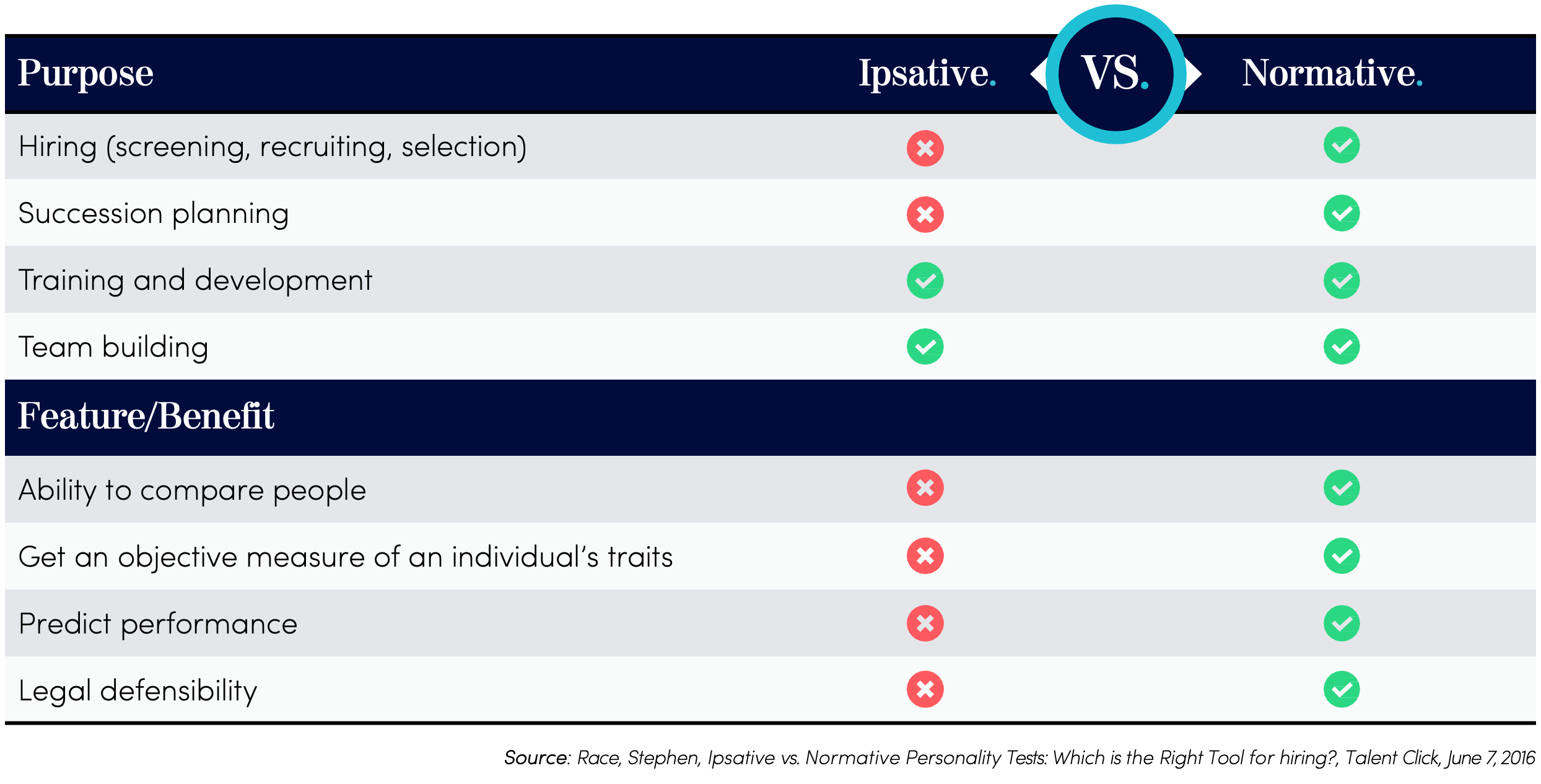Share this article:
In today’s rapidly changing economic landscape, organisations are confronted with the challenging task of talent acquisition. The uncertainty and volatility of the market create a talent conundrum that requires careful consideration and strategic decision-making. As companies navigate through economic turmoil, they must ask themselves a crucial question: should they focus on growth or downsizing? This is where the role of selection assessments becomes paramount. Here we explore how you can find opportunity in economic uncertainty using selection assessments.
The Talent Dilemma: Growth or Downsizing?
In times of economic uncertainty, organisations often find themselves at a crossroads, torn between the need for growth and the necessity of downsizing. On one hand, growth is essential for staying competitive and seizing new opportunities. On the other hand, downsizing may be required to streamline operations and ensure survival. Balancing these conflicting objectives presents a significant dilemma for businesses.
To make informed decisions, organisations must carefully assess their talent needs and align them with their broader strategic goals. This involves evaluating current workforce capabilities, identifying skill gaps, and anticipating future talent requirements. It is within this complex framework that selection assessments emerge as indispensable tools for talent acquisition.
Using Selection Assessments to Balance Growth & Downsizing
In the face of economic uncertainty, organisations must strike a delicate balance between growth and downsizing. Selection assessments play a pivotal role in achieving this equilibrium by helping organisations identify top talent for growth initiatives while also assessing skills and competencies for downsizing purposes.
When pursuing growth, organisations can leverage selection assessments to identify individuals who possess the necessary skills, expertise, and potential to drive innovation, adapt to changing market dynamics, and propel the company forward. These assessments provide valuable insights into a candidate’s abilities, problem-solving skills, leadership potential, and cultural fit, enabling organisations to make strategic hiring decisions that align with their growth objectives.
Conversely, when downsizing becomes necessary, selection assessments assist organisations in identifying the most suitable candidates for retention and redeployment. By evaluating competencies, transferable skills, and adaptability, these assessments aid in the process of restructuring and reallocating resources to align with new organisational needs.
The Science Behind Our Selection Assessments
Behind the effectiveness of our selection assessments lies a foundation built on scientific principles. Validity and reliability are two key factors that underpin the credibility of our assessments. Validity refers to the degree to which an assessment measures what it intends to measure, while reliability refers to its consistency and stability over time. By employing rigorous scientific methods, selection assessments can provide accurate and meaningful results.
Furthermore, our range of selection assessments offer a distinct advantage over other talent acquisition methods by providing objective and standardised measures. While resumes and interviews can be subjective and prone to biases, our selection assessments provide a fair and consistent evaluation framework, enabling organisations to make more informed and unbiased decisions.
Choosing the Right Selection Assessment Tool
With a plethora of selection assessment tools available, organisations must carefully select the most appropriate one for their specific needs.
In addition to validity and reliability, our selection assessments are valued for their predictive ability. Unlike traditional methods that rely heavily on past experience and qualifications, our Predictor of Potential (POP™) selection assessments allow organisations to forecast future performance and identify candidates with the potential for success in various roles. This predictive power sets our selection assessments apart and enhances their value in talent acquisition and selection.
When compared to other selection assessment tools, our POP™ assessments set themselves apart with their robustness and accuracy in measuring personality traits, occupational interests, and potential for success. The tool utilises sophisticated algorithms and data analysis to generate in-depth profiles of candidates, highlighting their strengths, areas for development, and overall fit within the organisation.
The Benefits of Normative over Ipsative Assessments
Our assessments are Normative. This allows us to measure items on a continuum scale and can therefore assess the degree of the person in relation to each of the areas of measurement. Application of the Likert Scale provides a measurement scale from 1-5, from Totally Agree to Totally Disagree. This gives you the shading and accuracy that you need as the basis for an informed decision.
Ipsative assessments however, which have been broadly available in the market, refers to items that are forced-choice – “are you either this OR that”? Candidates are forced to choose between different options such as a yes/no or true/false responses. An Ipsative score therefore does not allow for norms to be created to compare across candidates.
Normative refers to items that are on a continuum – “to what degree would you agree with this statement”? Normative assessments are therefore far better at predicting performance and can be used to benchmark the ideal candidate against your organisation’s specific performance data.
This table can assist you with a clear comparison between the two types available and how useful they can be to your organisation (remember, our assessments are Normative):

Implementing Selection Assessments in Talent Acquisition
Successful implementation of selection assessments requires a strategic approach. This section focuses on the various stages of implementing selection assessments in talent acquisition, starting from pre-employment testing and assessment. These tests help evaluate candidates’ cognitive abilities, job-related skills, and aptitude, providing valuable data for decision-making.
Behavioural and situational interviews are another integral part of the selection assessment process. These interviews go beyond traditional interviews by presenting candidates with real-world scenarios and assessing their responses, problem-solving skills, and behavioural competencies. By utilising behavioural and situational interviews, organisations gain deeper insights into candidates’ potential to handle specific job challenges and fit within the company culture. Each of our assessment reports include a range of interview questions specific to each candidate, and these questions are generally not ones that candidates can pre-prepare for and rehearse their answers. This allows the interviewer to gain valuable insights that might otherwise not be discovered.
Moreover, the integration of ongoing talent development and assessment ensures continuous evaluation and improvement of employees’ skills, performance, and potential. This process involves providing feedback, offering training and development opportunities, and conducting regular performance assessments to foster growth and enhance organisational effectiveness.
Key Considerations for Successful Selection Assessment Implementation
Implementing selection assessments requires careful attention to legal and ethical standards. Organisations must ensure compliance with relevant laws and regulations to protect candidates’ rights and prevent discrimination. It is crucial to use selection assessments in a fair and unbiased manner, avoiding any form of discrimination based on race, gender, age, or other protected characteristics.
Our Predictor of Potential (POP™) assessments offer a revolutionary approach to talent evaluation, combining advanced analytics with a commitment to non-biased and legally defensible practices. By minimising bias in the assessment process, organisations can ensure a fair and objective evaluation of candidates. This not only promotes diversity and inclusion but also safeguards against potential legal repercussions.
By incorporating our assessments into their hiring processes, organisations can unlock the untapped potential of their workforce.
Developing and executing an effective assessment strategy is another critical consideration. Organisations should establish clear objectives, define the desired competencies and attributes for each role, and align the assessment process with these requirements. A well-designed strategy includes proper communication with candidates, providing clear instructions, and ensuring transparency throughout the assessment process.
ROI of Using Selection Assessments in Talent Acquisition
Using selection assessments in talent acquisition yields a significant return on investment for organisations. Getting it wrong will have expensive consequences, especially with any sales role. Our eBook “6 Characteristics that Predict Sales Success” delves into the science, research and statistical relevance behind the 6 characteristics and the impacts they have on your business results.
By selecting candidates who possess the right skills, competencies, and potential, organisations can enhance their performance, drive innovation, and achieve better business outcomes.
Additionally, selection assessments contribute to reducing staff turnover and training costs. By accurately assessing candidate fit and potential, organisations can make informed hiring decisions, thereby reducing the risk of employee turnover and the associated costs of recruitment and training.
Furthermore, the use of selection assessments influences organisational culture and reputation. By hiring candidates who align with the company’s values, goals, and culture, organisations foster a positive work environment, improve employee engagement, and build a strong employer brand, which in turn attracts top talent and enhances their reputation in the industry.
Conclusion
The talent conundrum faced by organisations during economic uncertainty can be effectively addressed through the use of our POP™ selection assessments. These assessments play a vital role in talent acquisition by providing objective and scientifically validated insights into candidates’ abilities, potential, and fit within the organisation.
By striking a balance between growth and downsizing, organisations can leverage selection assessments to identify top talent, assess skills and competencies, and make strategic hiring decisions. The selection of the right assessment tool, such as POP™, further enhances the accuracy and effectiveness of the talent acquisition process.
Successful implementation of selection assessments requires a well-rounded approach, including pre-employment testing, behavioural and situational interviews, and ongoing talent development and assessment. Adhering to legal and ethical standards, reducing bias, and developing a comprehensive assessment strategy are essential considerations for achieving success.
The ROI of using selection assessments is evident in various aspects of organisational performance. Companies benefit from increased success and productivity of hires, reduced staff turnover and training costs, and the positive impact on organisational culture and reputation.
As organisations navigate economic uncertainty, our selection assessments offer a pathway to finding opportunity amidst the challenges. By embracing these assessments and incorporating them into their talent acquisition strategies, organisations can make informed decisions, build a high-performing workforce, and position themselves for success in dynamic and uncertain times.
Contact us today to start a conversation.


